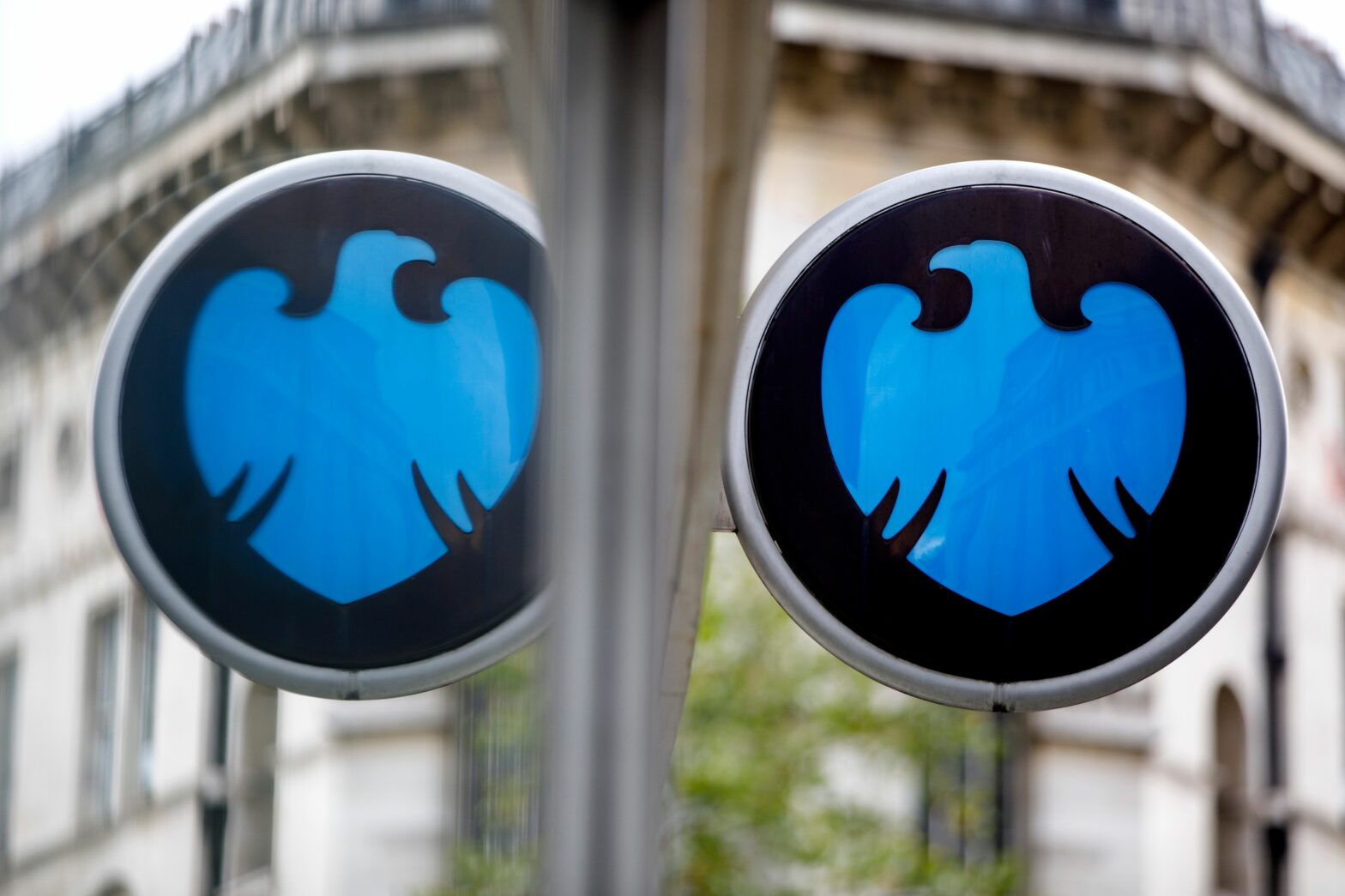Many companies find it difficult to maintain an innovation pipeline on both a long and short-term basis, particularly when their company or products have reached a certain level of maturity.
It’s common knowledge that innovation delivers a high degree of value. And doing this continuously is far superior than setting aside ‘time to plan and innovate’ in a certain period (what if it goes wrong? Do you not try to innovate until next year?) For start-ups in particular, where time and resource are at a premium, it can be a real challenge to make a firm commitment to innovation.
Yet in the tech space, I see a common characteristic shared between the companies doing the most novel research, releasing the most dynamic products, and solving the most challenging issues.
It’s this: a paranoia about falling behind the curve.
CTOs on our Doorstep: Yasmin Taylor, CTO at Cashmere App explains the importance of championing diversity
They understand how important it is to keep innovating and differentiating yourself from other businesses in order to maintain your position in your market.
By encouraging collaboration and building cross-functional groups into your way of working, you can avoid the isolating creation of silos, and instead produce opportunities to find out what is happening with your customers and within your teams. As a result, ideas, innovation and feedback can be shared between all employees, allowing everyone to build new ideas and innovations into their way of working. Here are three approaches to ensure you can achieve continuous innovation and reap the rewards it brings:
Remember everyone is an innovator: Innovation comes in many different forms – it’s not just a team brainstorming new ways to deliver a product in isolation. So while you can and probably should have a team entirely focused on tackling the fundamental issues of your industry, and trying to find ways to ‘solve the impossible’, at the same time your product team are innovating whenever they receive customer feedback on a broken capability and find a way to fix it. Between the two, researchers can be fantastic innovators when they realise how to apply the latest academic paper to your specific product pipeline. Don’t try to pin people down as ‘innovators’ – their natural ability will do it for you. The key is making sure you take advantage of all the expertise available and empower cross-functional working.
Ditch the KPIs: This is the side of start-up innovation that requires the greatest buy-in from the c-suite or executive team. Especially for a start-up, giving developers and researchers who could be using their skills to deal with the everyday problems the licence to go off and ‘do their own thing’ can be a contentious issue. And for those used to delivering against a set of targets, having colleagues who seem unaccountable can be challenging. From experience, though, it’s absolutely key to staying ahead of the curve when it comes to innovation. The pure development teams need to operate without KPI pressure and a good budget in order to carry out their best work.
Embrace the ‘crazy’: A lot of Big Tech firms tie their research to product, at the expense of long-term strategising. There’s a little bit of fear to embrace ideas that might seem crazy at first, but could end up delivering a huge amount. Start-ups don’t necessarily have an established reputation to maintain or ways of doing things that have become set in stone. This is a big advantage; it allows for the testing of more outlandish innovation, and amongst the non-starters will lie the gold nugget of an idea.
Innovation done properly means that your fantastic ideas as a start-up can get from the labs to production with greater pace, smoothness and efficiency. It also means that the ideas making that journey are stronger in the first instance. Continuous innovation has always meant, and should always mean, a healthy amount of failure.
![]()
Written by João Graça, CTO, Unbabel
>See also: CTOs on our Doorstep: BJSS CTO on the importance of agility







